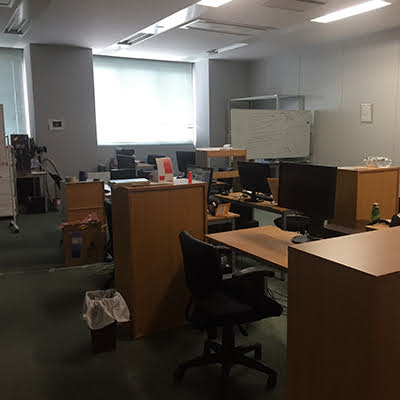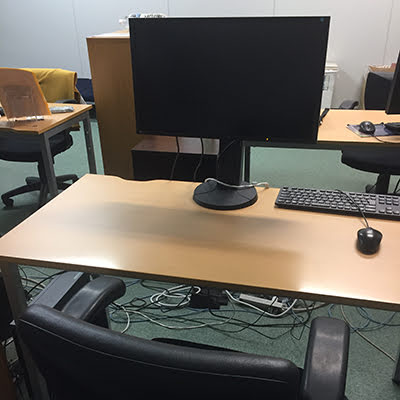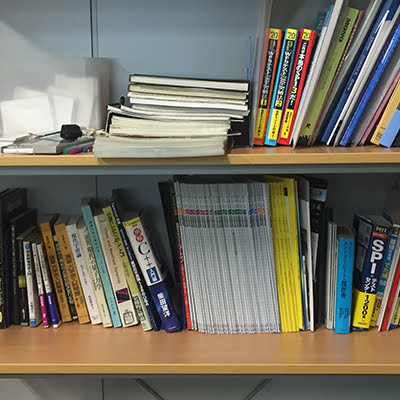The Neutrino Astronomy Division at ICEHAP is the only Japanese institution participating in the IceCube project, an international collaboration of 12 countries conducting research at the South Pole. IceCube is an observatory comprised of 5,160 photodetectors embedded in the South Pole ice that detect invisible particles called neutrinos. Neutrinos are elementary particles that are extremely difficult to capture, but on rare occasions, a neutrino passes through the ice and produces charged particles while generating a burst of Cherenkov radiation. We analyze that radiation to gain information about the neutrino, such as the direction from which it came. Using that information, it becomes possible to determine where the cosmic rays that generate neutrinos originate and their underlying mechanism.
In 2022, construction of the upgrade project of IceCube is planned. Our laboratory developed one of the new photodetectors that will be installed as a part of that plan: D-Egg. We are currently working towards completing its development and manufacturing the 300 detectors that will need to be shipped to South Pole.
Our research has led to some major discoveries and the students in our laboratory have played an important role in that, working alongside our researchers and simultaneously learning about detector development, computer simulation, and other advanced techniques.
Students set their own research themes and engage in research within the framework of the IceCube project. They attempt to shed light on unexplained physical phenomena using data from neutrinos detected at the South Pole, all while working alongside an outstanding group of researchers from 53 institutions in 12 different countries. They are involved in the development and manufacture of photodetectors, computer simulations, and analysis of observational data, they learn about hardware and software development, and they get the opportunity to apply what they have learned in classes such as electromagnetism, statistics, and other subjects in a real research.
English is the lingua franca here at our research center, where we have welcomed researchers and students from around the world. We conduct regular report meetings and have online meetings with research groups in other countries, all of which are conducted in English. The international character of our group (as of the writing of this article, we have five foreign members) provides both domestic and foreign students with a valuable environment to work and learn in.
Our research laboratory is fully outfitted with state-of-the-art equipment, including our own computer cluster, and a large, ultra-low temperature freezer that allows us to reproduce the ultracold environment at the South Pole. Our group occupies an entire floor of the building with multiple experimental spaces set up within. There is also a large space dedicated to students so they can concentrate on their studies and research. Students can also take part in informative regular seminars provided by invited researchers around the world.
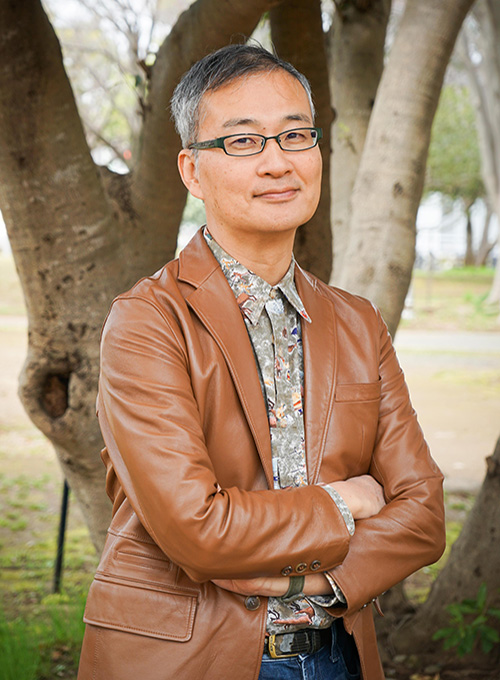
The Particle Beam Laboratory (Yoshida Lab), which conducts neutrino astronomy research, has a laboratory in the Engineering Research Building 1.
There is a meeting room large enough to hold seminars, and several experimental laboratories equipped with the latest equipment.
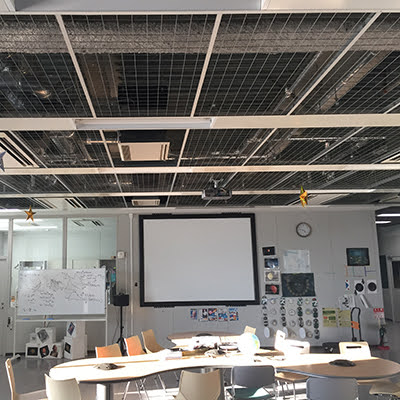
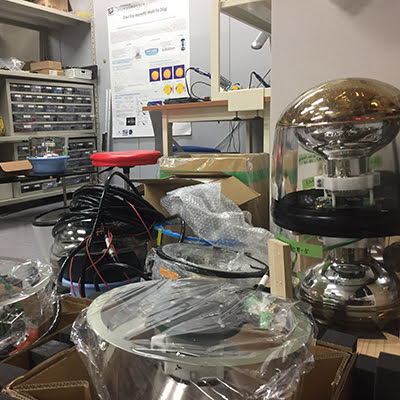

Students collaborate with faculty members and postdocs, and participate in research while learning as a member of the project.
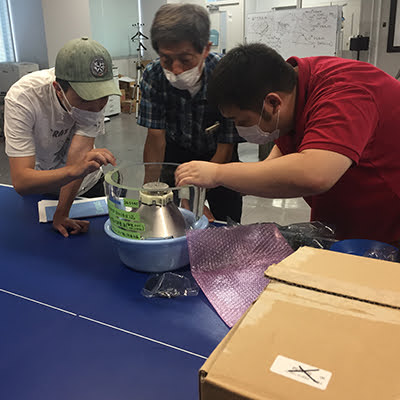
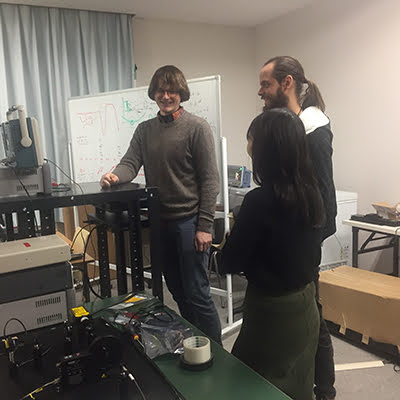
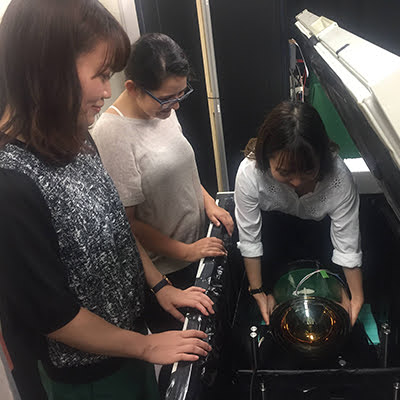
Each student has a desk and a PC in the large student room. The room is also equipped with materials necessary for research and writing papers.
